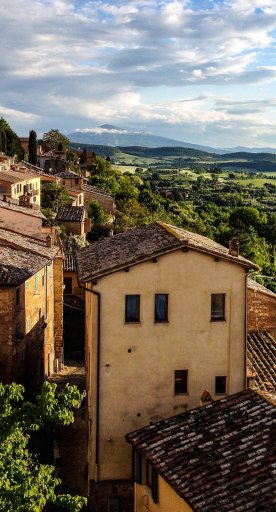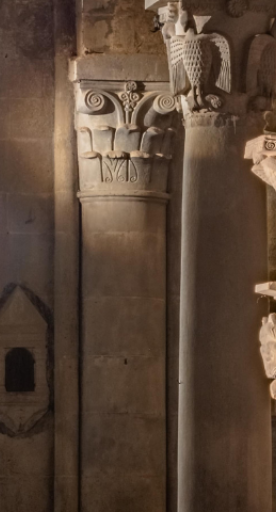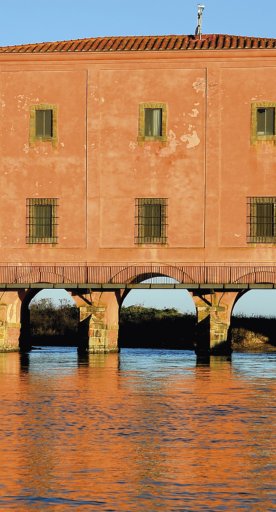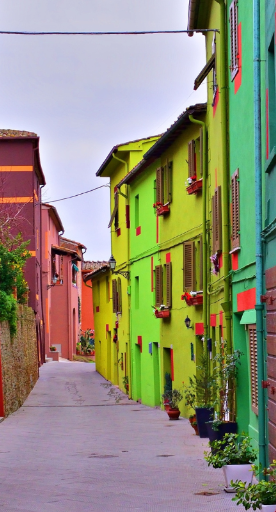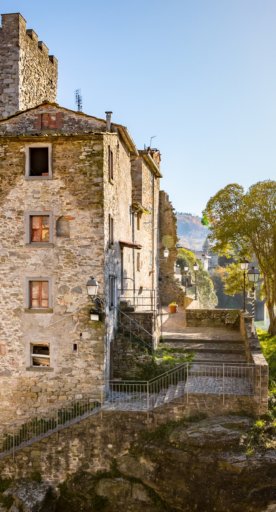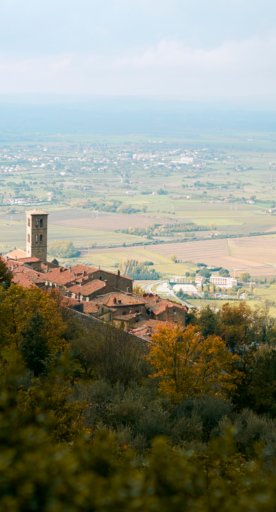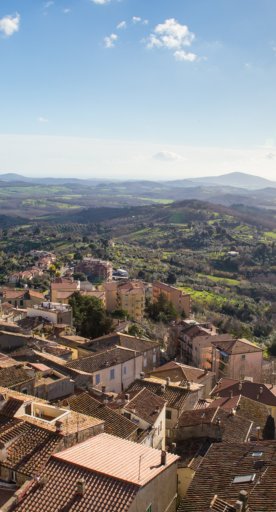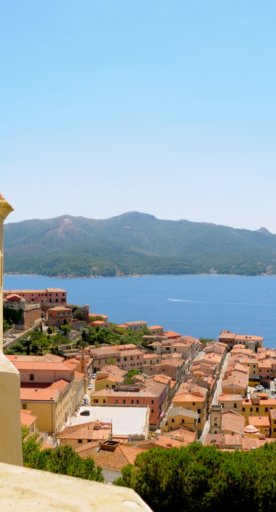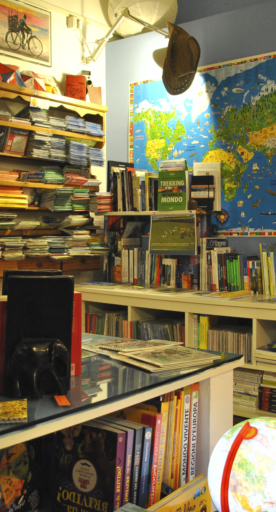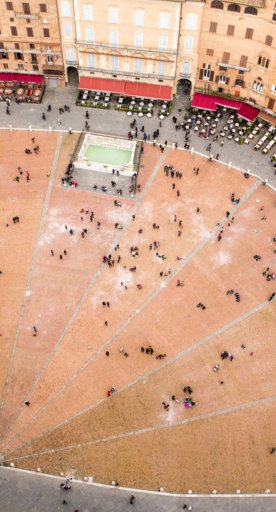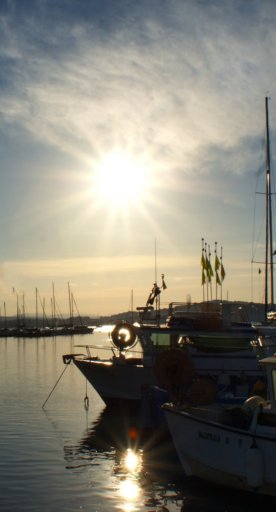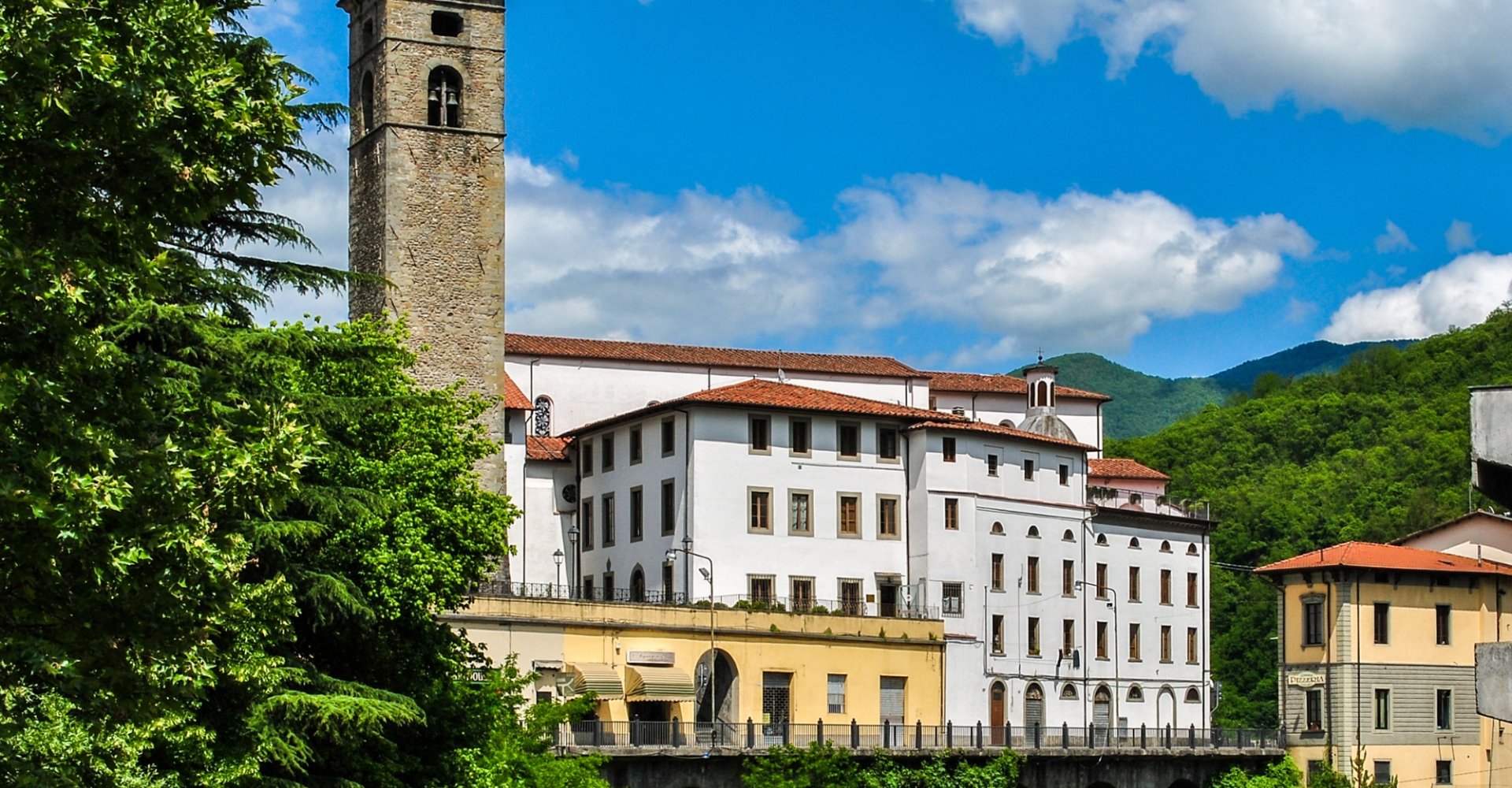

Fortresses and excursions in Castelnuovo di Garfagnana
What to do and see in the village of Ariosto in Tuscany, the former domain of the Este family
Historically the capital of Garfagnana, Castelnuovo lies north of the Serchio River, between the Apuan Alps and the Tuscan-Emilian Apennines.
In the 14ᵗʰ century, the village experienced a period of great prosperity under the rule of Lucca. But it was in 1430 that its history had an about-face. Tired of the constant fighting, the inhabitants chose to entrust themselves to the Este family, under whom Castelnuovo reached its peak, becoming a vibrant hub of culture and commerce.
The symbol of the town is the Rocca Ariostesca, a stronghold built in the 10ᵗʰ century and once the seat of local government. Instead, dominating the village from the top of the hill stands the Fortezza di Mont’Alfonso, yet another fortress providing a safe haven for the entire population of Castelnuovo.
These ancient defensive bastions are now important cultural centers that offer valuable insight into the history of the area and are ideal destinations for many excursions.
-
1.The Rocca Ariostesca
-
2.The Fortezza di Mont’Alfonso
-
3.The Sentiero d’Ariosto and ancient pathways
-
4.The Santi Pietro e Paolo Cathedral
The Rocca Ariostesca
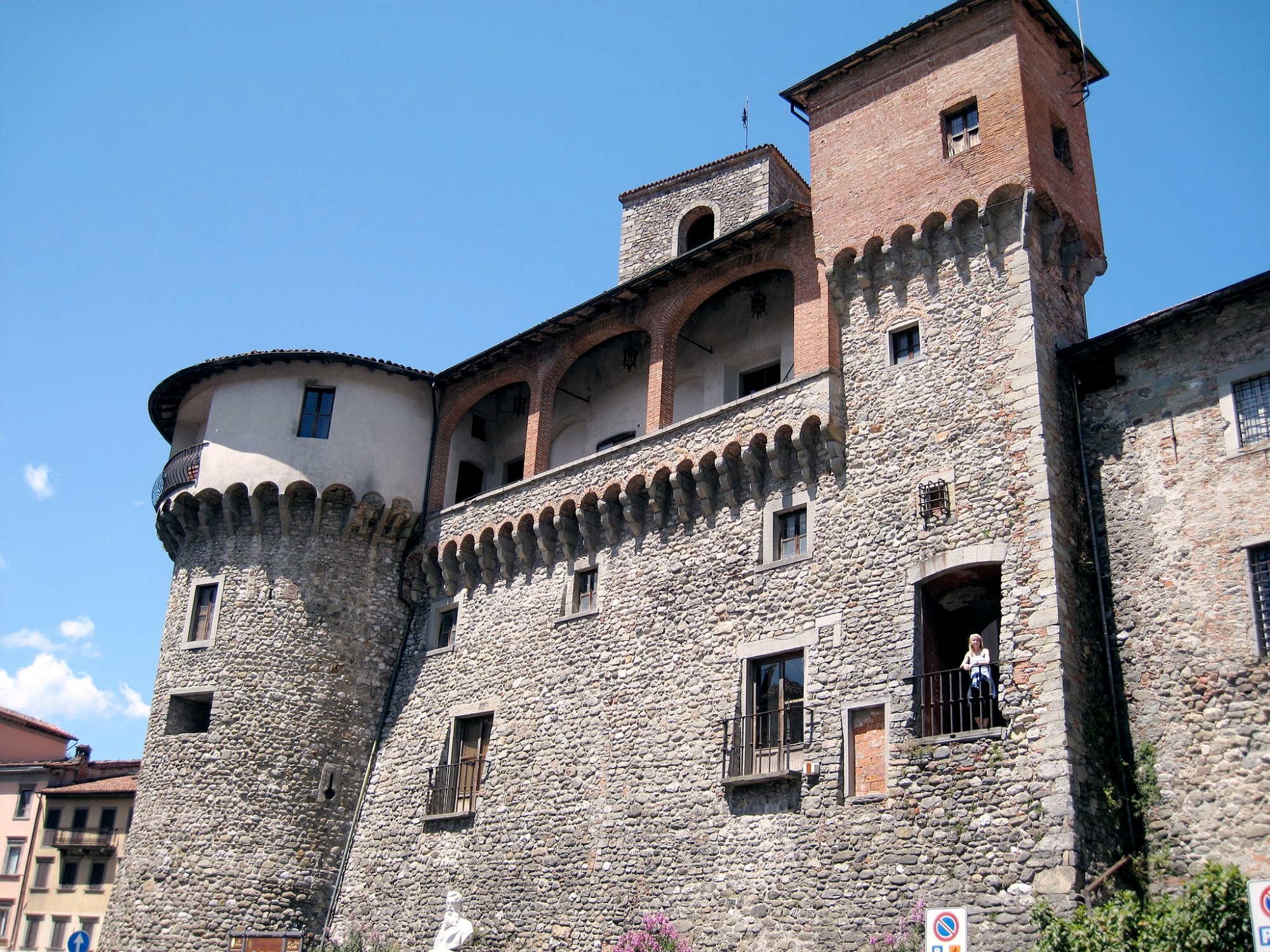
Located in the central Piazza Umberto I, the fortification owes its name to Ludovico Ariosto, the famous poet and author of Orlando Furioso, who lived here between 1523 and 1525 as Governor of the entire Este province of Garfagnana under orders from Alfonso I d’Este, Duke of Ferrara.
Today, the Rocca houses “Il Palazzo di Atlante,” a multimedia exhibit that reconstructs both the poetic universe of Orlando Furioso with its symbolic characters and the biographical events of Ariosto during his time in Garfagnana.
The Fortezza di Mont’Alfonso
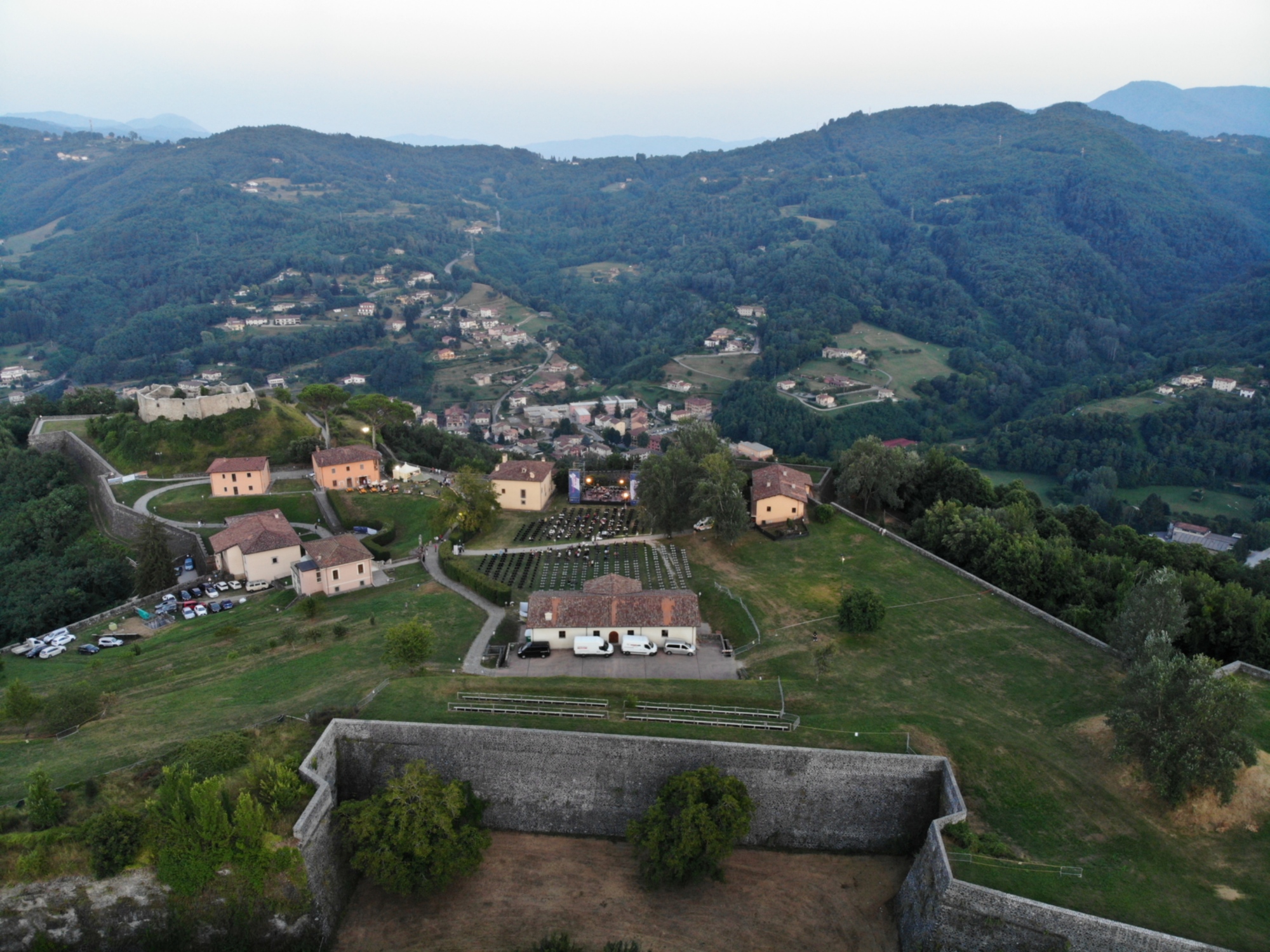
Commissioned by Alfonso II d’Este, the Fortezza di Mont’Alfonso (named in recognition of him by the people of Castelnuovo), was built between 1579 and 1586 as the last defensive stronghold of the Duchy, guarding the border with Lucca.
The structure covers about 60,000 square meters and still retains some 16ᵗʰ-century remnants, such as the captain’s house and troop quarters.
Today, the Fortezza holds the offices of the Provincial Administration and the Apuan Alps Park, along with permanent exhibitions and numerous cultural events. Prominent among them is Mont’Alfonso Sotto le Stelle (Mont’Alfonso Under the Stars), the music festival that brings live entertainment within the centuries-old walls framed by the striking natural scenery of the Apuan Alps and the Tuscan-Emilian Apennines.
The Sentiero d’Ariosto and ancient pathways
An easy 3.7-mile or 6-kilometer hiking trail connects Rocca Ariostesca to the Fortezza di Mont’Alfonso. The Sentiero d’Ariosto (Ariosto Trail), dedicated to the famous poet, starts from the Rocca, follows Via Farini and reaches the bridge over the Turrite Secca, from where the white-red markers and hiking signs begin.
Next, a dirt road leads to the village of Torrite where the climb to the Fortezza sets off.
Castelnuovo di Garfagnana is also the meeting point of 2 historical paths—the Via Matildica del Volto Santo leading from Mantua and the Via del Volto Santo that beings in Pontremoli. Both routes share the same destination: the Cathedral of San Martino in Lucca, custodian of the famous Volto Santo (Holy Face), the “Black Christ of Lucca.”
The Santi Pietro e Paolo Cathedral
Before leaving Castelnuovo, it is worth visiting the Santi Pietro e Paolo Cathedral, built in the 2ⁿᵈ half of the 15ᵗʰ century over an earlier 11ᵗʰ-century Romanesque church.
During the Baroque era, the interior underwent major transformations, while the apse was completely restored in the 19ᵗʰ century, creating a striking contrast between exterior and interior.
The church holds valuable works: a glazed terracotta Saint Joseph from the workshop of Andrea della Robbia, an Assumption attributed to Santi di Tito, and a Madonna and Child with Saints, whose authorship is still debated, narrowed down to Giuseppe Porta or Giovanni Antonio Sogliani.
Not to be missed is the Chapel of San Giuseppe, where there is a curious wooden crucifix from the 1400s, known as the Cristo Nero (Black Christ).
Start your discovery












